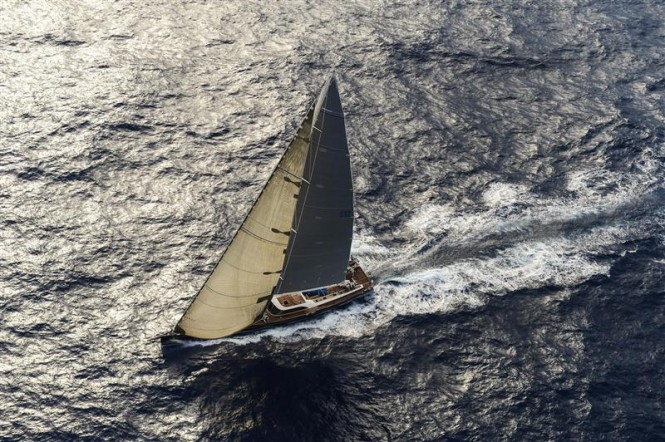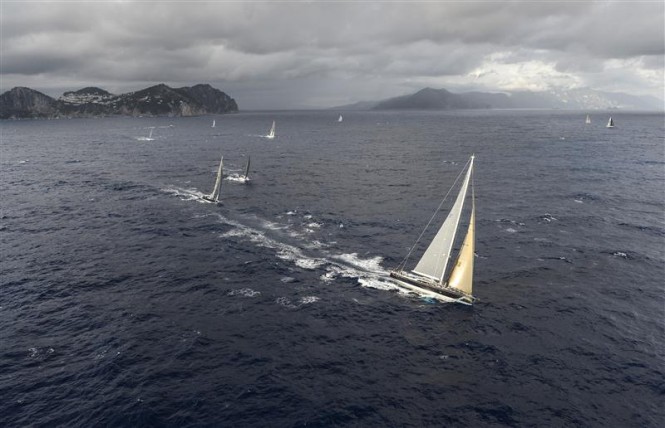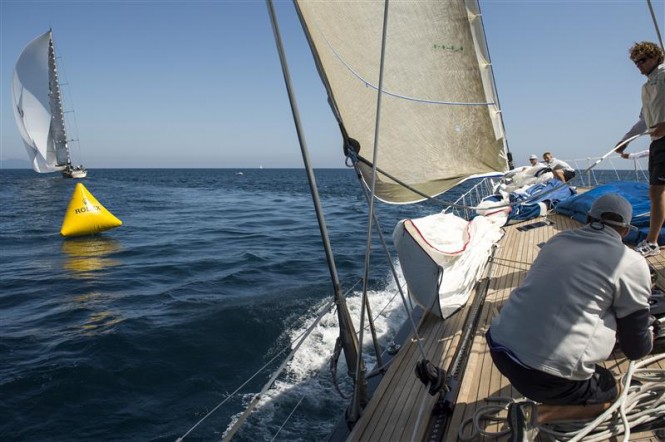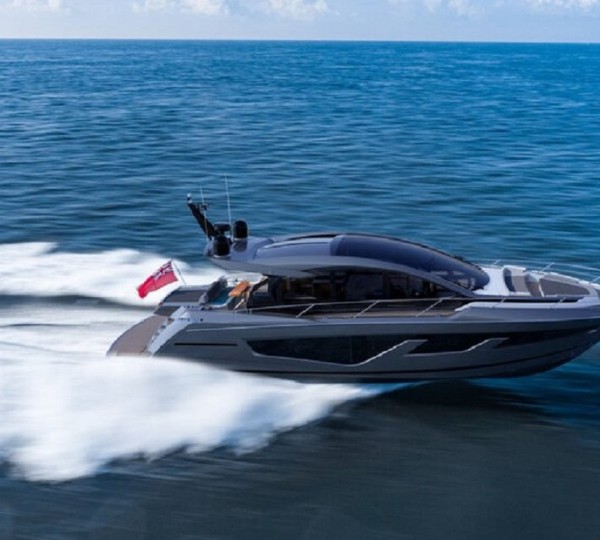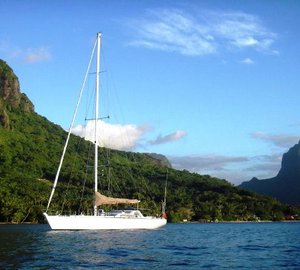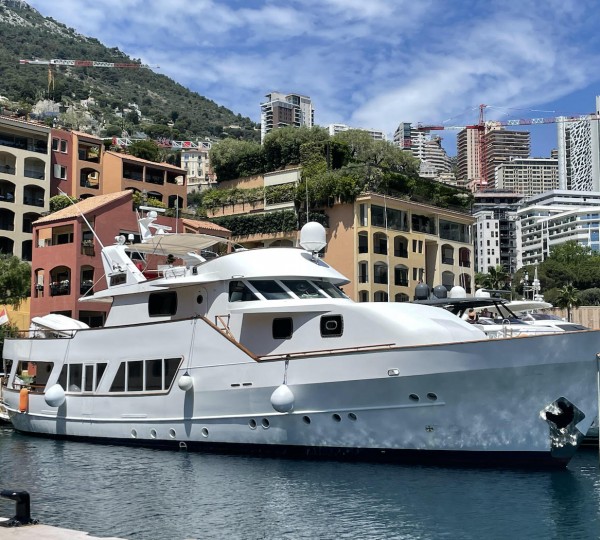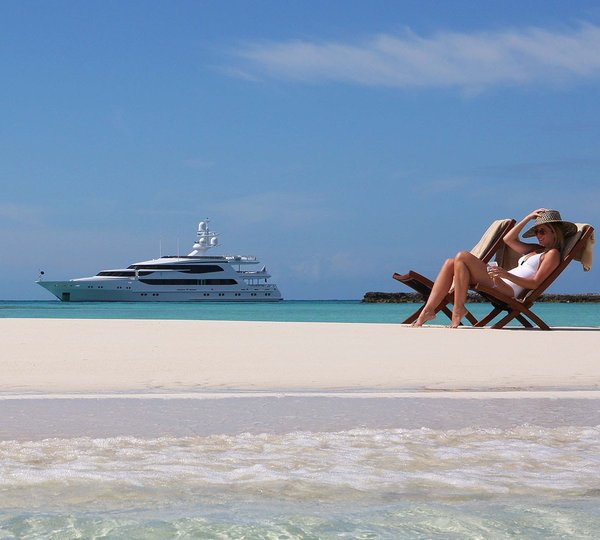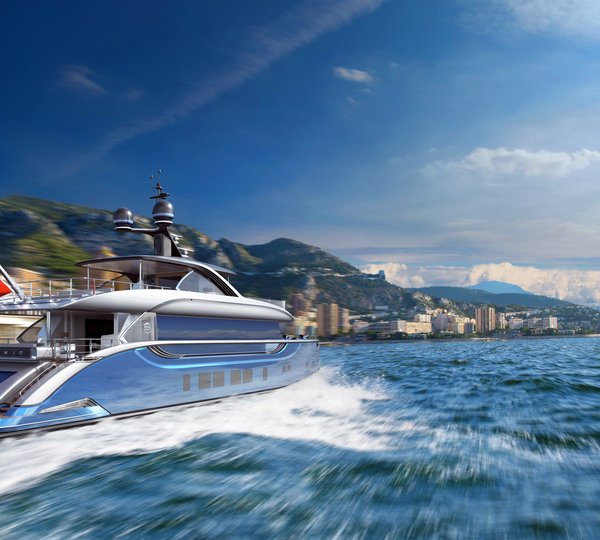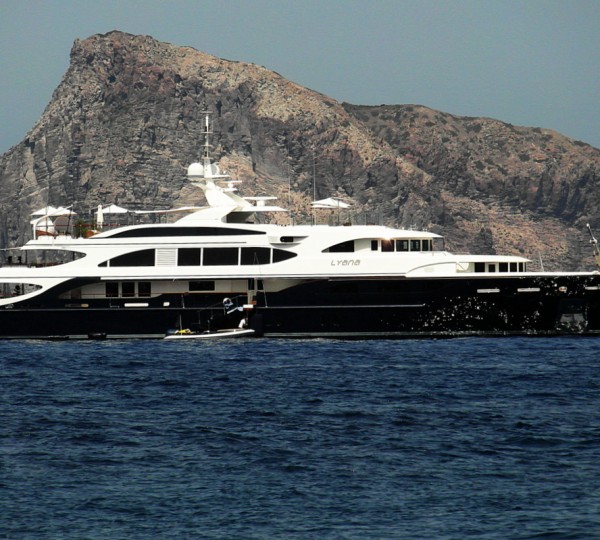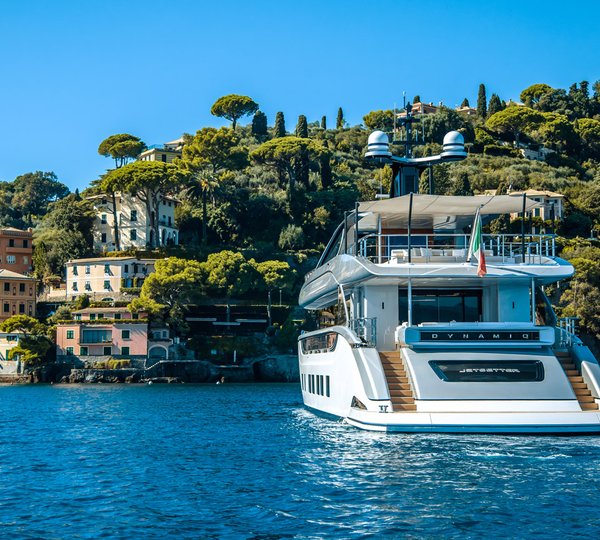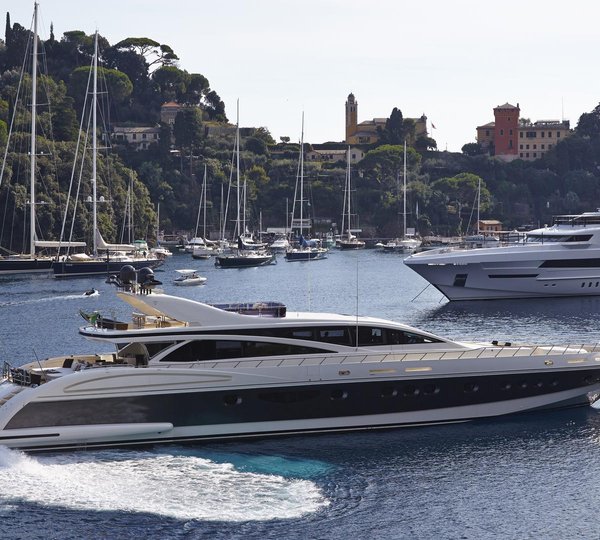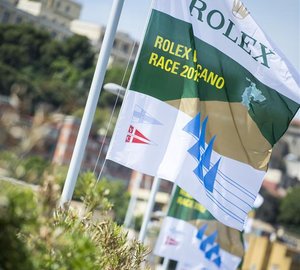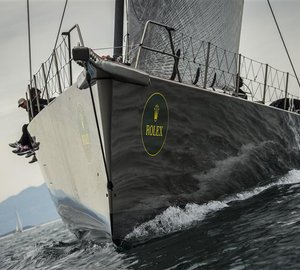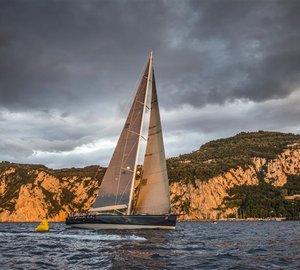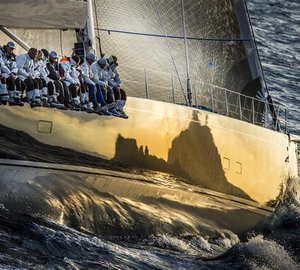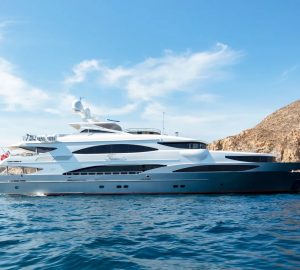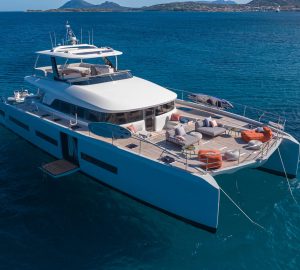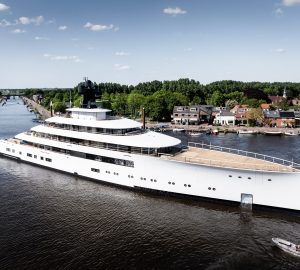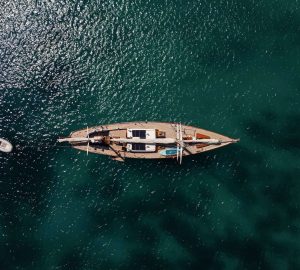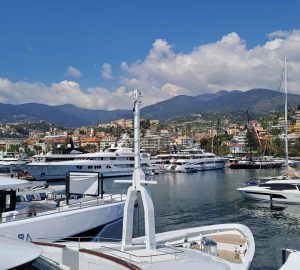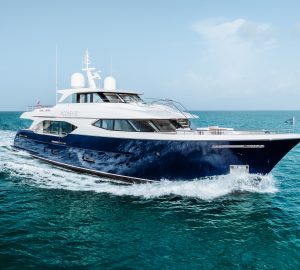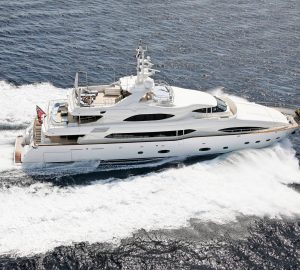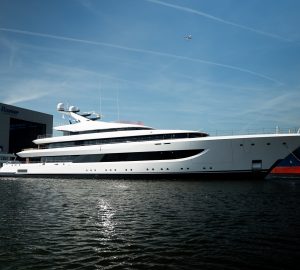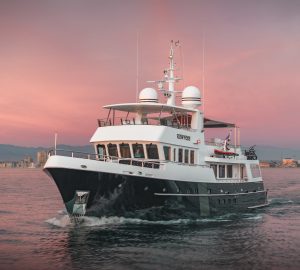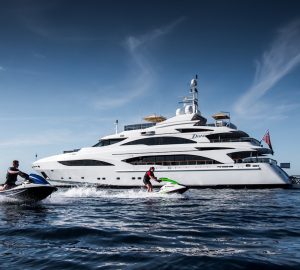As once said by the iconic American basketball coach as well as a legend of the sporting world, Phil Jackson: “The strength of the team is each individual member…the strength of each member is the team.”
Success in a team sport is a complex matter. In individual sports, an athlete is driven by a selfish streak, assuming total responsibility for his or her destiny. It is competitor versus competitor. Winner takes all. Team sport has more layers. Individuals must put themselves second to the wider needs of the collective. A great team is not only the sum of its individual talent but the result of this talent working unselfishly and harmoniously together.
In a sport like football the essence of each team’s spirit is created in the dressing room and on the training field. The nucleus of the group and its hierarchy is moulded over seasons of hard work. While the working environment is fundamentally different, the secret to building an effective offshore sailing team is essentially the same. Successful crews learn to work together through practice and discussion, binding together to become a group capable of living and working in a confined space and a high-pressure environment, where the might and unpredictability of the elements plays a wild card role.
The 2012 Rolex Volcano Race is being contested by a number of the world’s most impressive Maxi yachts (measuring over 18.29 metres/60-foot in length), handled by international crews of upwards of 15 people. The event, organised by the International Maxi Association (IMA), is a recent addition to the Mediterranean calendar and joins established offshore races such as the Giraglia Rolex Cup and the Rolex Middle Sea Race. The offshore element of the event is in two sections, with the main event being a 300-nautical mile leg beginning and ending in Capri and comprising a journey through the UNESCO-protected Aeolian Islands.
Filip Balcaen’s 112-ft superyacht Nilaya (BEL) is the arguably most eye-catching yacht in attendance. She is the largest, the heaviest and the newest construction with an enormous sail area (her spinnaker alone measures nearly 1,000m2). Balcaen, an owner who loves to helm his Supermaxi yacht, has entrusted ocean-racing professional Bouwe Bekking with the boat’s tactical decisions and with managing Nilaya’s 16-man crew for the race. “Bouwe is the decision maker onboard and everyone in the crew recognises him as our commander in chief,” begins Balcaen. “He is a great coach and brings a lot of people skills.“
“The crew has sailed together for years and is very settled,” explains Bekking, who originally hails from the Netherlands. “It comprises the owner, a core group of his Belgian friends and five professional sailors (predominantly Dutch and all Volvo Ocean Race veterans).”
While a full-time boat-captain takes immaculate care of a yacht designed for both racing and cruising, Bekking’s mandate on the racecourse is to provide the necessary leadership and to make the decisions that affect the performance of the yacht.
“I take all the decisions and pass them on, for example to the guys responsible for changing the sails and the sail-trimmers. We have a hierarchy onboard, it is the only way to work. When you’re sailing sometimes with up to 25 people, you can’t have just everyone fluffing around otherwise it is just chaos. Everyone has a certain area of responsibility.” One which is clearly defined. “The advantage of sailing together over a long time is that if something goes wrong we know exactly what to do,” adds Balcaen. “A good crew should not talk a lot when something is happening.”
Bekking believes that the sailing yacht Nilaya’s settled crew and its great onboard friendship plays to her advantage. His own relationship with Balcaen began with a successful Swan European Regatta in 2003 onboard Aqua Equinox, one of Balcaen’s former yachts. “The crew has progressed from a 56-ft yacht to an 80-ft yacht, and now this 112-ft yacht, and we know how to communicate. Furthermore, it is a different relationship than that often found on other boats; we call each other up in between races and talk about a lot of things aside from sailing.” The crew’s approach to sailing Nilaya has been marked by a gradual evolution and a seeming diffidence to the magnitude of the yacht. “A lot of people are impressed by size but the good thing about these guys is that they still approach their sailing as if on a small boat, that way they get the most fun out of it.”
The pace of evolution has been beneficial. Balcaen freely admits that in the late 1990s when the crew first came together that, “none of us were very good and some hadn’t sailed before – we have learnt everything from professional sailors.” Over time, the crew has become a model embodiment of Corinthian and professional unity. The amateurs bring a pure love of the sport and an eager desire to learn, the professionals hardened experience and patient guidance. “It is a good cocktail of professionalism and camaraderie, “reveals Balcaen, “we are close and it is very important to have fun. I don’t think on all boats it is like this.”
As well as making the decisions there is a huge degree of man-management under Bekking’s responsibility. His attitude to this is a critical component in helping build and maintain team spirit onboard. One area where Bekking sees a real opportunity to motivate and inspire is dealing with errors. “Mistakes are made on all boats. When you sail with only professionals they are getting paid to do the job and if a mistake is made, the interaction is hard. You pinpoint the person and speak directly about it.” On boats crewed mainly by Corinthians, effective communication is a diplomatic skill acquired with experience: “On some boats, you might see a professional screaming at someone who is a good amateur sailor but who has made an honest mistake. That’s not the case on this boat. We have a lot of respect for each other. If people make a mistake, we speak about it calmly and nine out of ten times it doesn’t happen again. It is about giving everyone self-confidence.”
While good teamwork breeds success, Bekking believes it works in reverse too. Achievement fostering greater team spirit. The Nilaya superyacht won her class at the Maxi Yacht Rolex Cup last year and ever since has been steadily obtaining more and more impressive results.
The final word goes to the owner and his definition of what makes a good member of his racing crew: “They must be good sailors, for example know how to trim or call tactics, have good people skills and most of all be able to work together. For me this is more important than having highly intelligent, great sailors who cannot communicate. ”For this first venture racing offshore on Nilaya, Bekking’s competitive edge shines through and he promises a punishing baptism for the crew: “Normally on a racer/cruiser, on a long offshore race, you have a watch system with people going up and down and sleeping in proper bunks. We’re racing only 300 miles and it looks like it will be upwind and reaching, so everyone will be sitting on the rail and toughing it out, like a mini Rolex Fastnet. We’ll only send people downstairs when there’s nothing to do!” A bold plan that will require Bekking to balance his motivational leadership abilities with the need to man-manage crew that may at times tire, get cold and wet, and even seasick.
A fierce competition lies ahead and the reward for the most successful team will be the coveted Rolex Trophy and timepiece awarded to the overall winner of the 300 nm leg of the offshore race during the traditional Rolex party at the iconic La Canzone del Mare.

